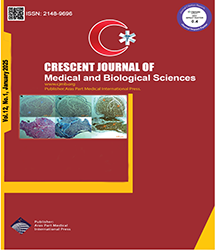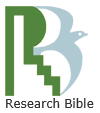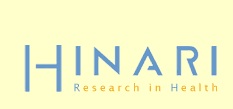| Original Article | |
| Efficacy of Persian Medicine Massage (Qamz) in Nonspecific Shoulder Pain: A Randomized Open-Label Controlled Trial | |
| Fatemeh Behdad1, Korosh Mansouri2, Hoorieh Mohammadi-Kenari1, Fataneh Hashem-Dabaghian1 | |
| 1Department of Traditional Medicine, Institute for Studies in Medical History, Persian and Complementary Medicine, School of Persian Medicine, Iran University of Medical Sciences, Tehran, Iran 2Neuromusculoskeletal Research Center, Iran University of Medical Sciences, Tehran, Iran |
|
|
DOI: 10.34172/cjmb.2023.30 Viewed : 1566 times Downloaded : 1915 times. Keywords : Massage, Persian medicine, Clinical trial, Complementary medicine, Qamz |
|
| Full Text(PDF) | Related Articles | |
| Abstract | |
Objectives: Qamz is a type of massage in Persian medicine (PM). The main goal of this study was to assess the effect of Qamz on shoulder pain and range of motion. Materials and Methods: This controlled clinical trial was conducted on 80 patients with chronic non-specific shoulder pain in 2019; the age range was 18- 60 year. They were randomly assigned to the Qamz (pressing some points around the shoulder with fingers) (A) and control (waiting list) groups (B). The intervention was done one session each week for 4 weeks, and patients were followed for 3 months after the fourth intervention. Qamz was performed, which is generally the pressure of the position with fingers. The visual analogue scale (VAS) was used to measure the shoulder pain at baseline, 1st, 2nd, 3rd, and 4th week of intervention, and 3rd month after the end of interventions. A Gonimeter was used to assess the shoulder"s range of motion at baseline, 4th week and 3rd month after the end of the interventions. Data were analyzed with repeated measures ANOVA in SPSS software. Results: Thirty-six patients in group A and 34 in group B completed the study. Mean age was 43.92±8.7 years. Twenty-one patients (30%) were male. The shoulder pain decreased as 63.9 ± 30.4% and 11.7± 23.7% in groups A and B, respectively (P<0.001 for comparison between the groups). Flexion [30.69±39.89 vs. 2.64±7.9 degrees, P = 0.001] and abduction [28.75±37.63 vs 2.2 ± 7.09 degrees, P=0.001] of the shoulder were significantly improved in group A more than group B. No adverse effects were reported. Conclusions: Qamz significantly decreased the VAS score of the shoulder pain; it increased the range of flexion and abduction of shoulder in patients with nonspecific shoulder pain more than the control group. |
Cite By, Google Scholar
Google Scholar
PubMed
Online Submission System
 CJMB ENDNOTE ® Style
CJMB ENDNOTE ® Style
 Tutorials
Tutorials
 Publication Charge
Women's Reproductive Health Research Center
About Journal
Publication Charge
Women's Reproductive Health Research Center
About Journal
Aras Part Medical International Press Editor-in-Chief
Arash Khaki
Deputy Editor
Zafer Akan




























